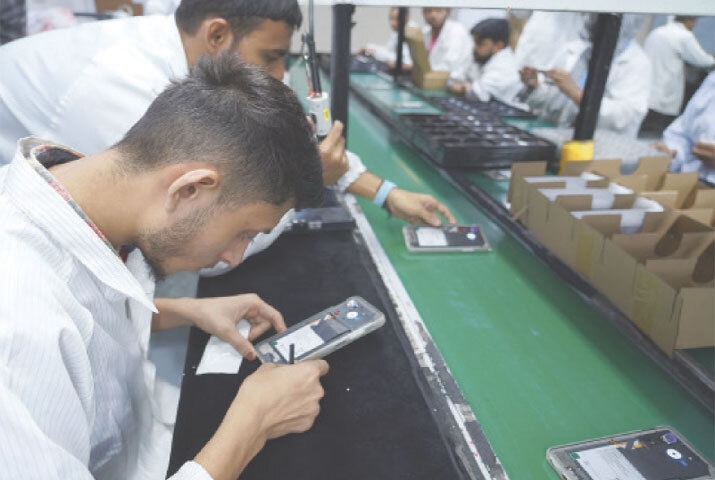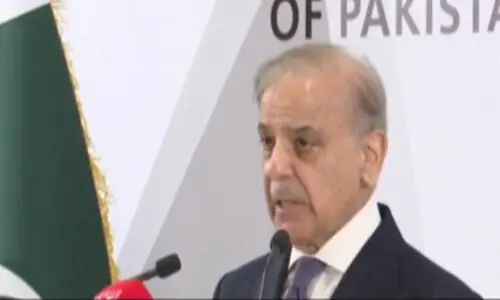
? Only 5pc phones 5G-ready as PM sets Feb deadline for auction
? PTA warns heavy taxation could slow adoption
? Makers say 40pc of users still rely on feature phones
ISLAMABAD: The expected launch of 5G services next year is set to transform several auxiliary features available on mobile phones, but the telecom regulator wants the government to first reduce taxes on telecom sector raw materials to ensure a smooth rollout.
The prime minister has given the Ministry of Information Technology and Telecom and the Pakistan Telecommunication Authority (PTA) a February 2026 deadline to auction the 5G spectrum, a move that is also expected to boost mobile-based services.
PTA data shows the country has 196 million mobile subscribers, including 148m mobile broadband users.
The shift to 5G-compatible phones is expected to introduce new features such as e-SIMs, NFC-based e-banking through barcodes that promote nano-banking, and wireless charging.
This will largely be driven by manufacturers adopting advanced chipsets and processors required for 5G.
Currently, fewer than five per cent of all phones in Pakistan are 5G-enabled. The PTA has advised the IT ministry to take steps to increase the availability of compatible devices ahead of the formal launch.
Responding to a question, retired Brig Amer Shahzad, the PTA director general, said manufacturers must prepare in advance so consumers have suitable devices when 5G becomes available. “If the cost of 5G-compatible sets is very high, users will not opt for them,” he added.
According to the Pakistan Mobile Phone Manufacturers Association (PMPMA), around 40pc of mobile users still rely on feature phones, while nearly 10pc of the population does not own any phone at all.
The association’s figures show monthly production of 1.2m smartphones and 1.5m feature phones, adding up to about 30m locally manufactured devices annually.
Zeeshan Miannoor of Inovi Telecom, a senior PMPMA member, said the additional cost of advanced chipsets and processors needed for 5G phones will range between 30 and 200 dollars depending on the model, as production shifts from 4G to 5G.
“Other features like cameras and speakers will remain the same, but the upgraded motherboard containing the chipset and processor will enable capabilities such as e-SIMs and wireless charging,” he said. He also warned that higher costs could deter consumers from upgrading.
The telecom regulator has likewise pointed out that high mobile phone prices, mainly due to heavy taxation, are a major obstacle to higher connectivity and data usage. It has stressed the need to expand smartphone adoption.
The PTA has recommended reducing taxes on backend materials used by the telecom sector, including duties of around 19.5pc on imported components for mobile phone manufacturing, as well as taxes on backend equipment required by telecom operators.
According to the authority, lowering or removing these taxes would boost mobile penetration and internet usage, which in turn would generate higher government revenues through the expansion of digital services.
Published in Dawn, November 23rd, 2025


































